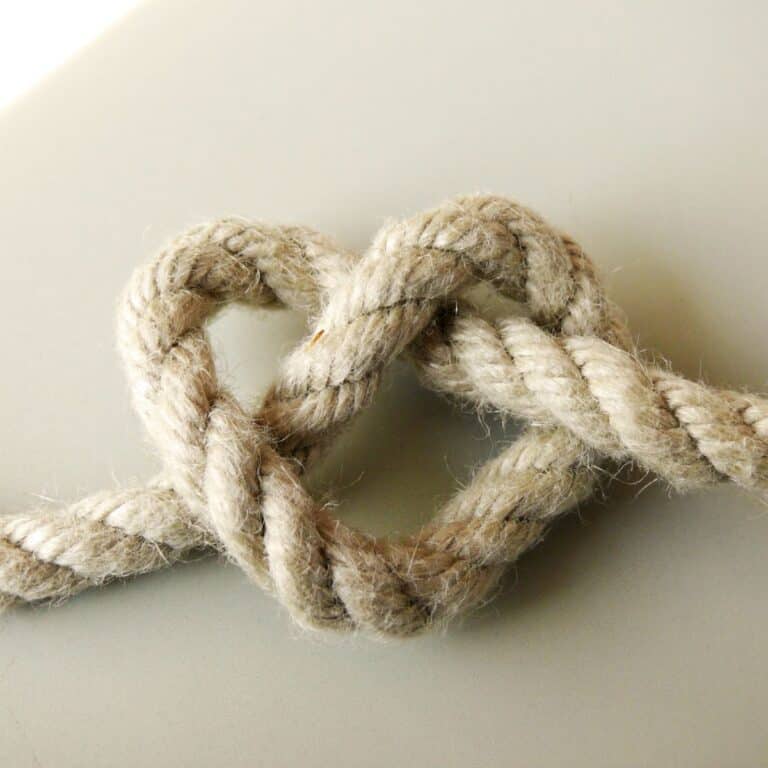Marriage Aspects in Synastry
When deciphering astrological charts regarding synastry, a frequently raised question is whether specific aspects might hint at marriage. This is complex as few aspects indicate potential matrimony but can also represent other forms of commitment.
Here, “marriage” signifies a mutual agreement to solidify a romantic relationship in a meaningful spiritual or social context. Both heterosexual and same-sex couples are covered. This post will dive into astrological factors that might indicate potential marriage.

Saturn: The Cement of Commitment
At least one Saturn aspect is the key to any synastry chart predicting marriage. In astrology, Saturn signifies endurance, which serves as the cement stabilizing relationships and makes it essential for any committed relationship.
A hard aspect between your partner’s Saturn and your personal planets (Sun, Moon, Venus, Mars) or your angular houses (1st house, 4th house, 7th, 10th house cusps) on your natal chart instills a fundamental sense of responsibility towards you in them.
The Saturn person, whose Saturn forms aspects, primarily experiences this commitment.

Juno: The Marriage Asteroid
Juno, known as the “marriage asteroid,” embodies how someone engages with their partner within a committed relationship context. In Roman mythology, Juno was the goddess of marriage and childbirth, making her a key player in love and relationship astrology.
The placement and aspects of Juno in the synastry chart can provide insights into what kind of partner a person is looking for and how they approach committed relationships. If your planet aspects your partner’s Juno on their birth chart, they’ll feel compelled to formalize the relationship.
Conjunctions exert the strongest influence, but oppositions and squares can also initiate commitment. Even harmonious aspects such as trines and sextiles can be influential if they mutually occur between your Juno and their planets.
The Power of Sun and Moon Aspects
A gold standard for potential marriage aspects is the Sun conjunct Moon aspect. This suggests an instinctive sense of belonging and deep connections, as the Sun person’s conscious will (male energy) merges with the Moon person’s emotions (female energy).
Sun/Moon oppositions can also catalyze a powerful urge for marriage as you and your partner balance each other out. Squares may create strong attraction but generate tension, potentially challenging long-term relationships. Trines and sextiles offer a pleasant energy flow but may not be potent enough to propel the relationship forward.

Sun/Moon Midpoint: The Inner Marriage
In relationship astrology, the Sun/Moon midpoint, a mathematical midpoint between the natal Sun and Moon, signifies the inner marriage – a unification of an individual’s external purpose and internal needs. If your planet aspects this midpoint, you manifest this need externally. Only hard aspects are considered here; the midpoint person primarily perceives the effects.
It’s often seen as a point of personal balance. When another person’s planet conjuncts or opposes this midpoint, it can create an instant and profound bond. They stimulate and embody the union of your internal needs and external desires. This important aspect generates a sense of completeness and unity in the relationship. However, it’s important to note that this connection primarily influences the midpoint person.
Seventh House: The House of Committed Relationships
If your planets activate your partner’s 7th house, the house of committed relationships, they view you as their ideal partner. This is amplified if there is a conjunction from your planet to their 7th house cusp. However, planets anywhere in their 7th house can elicit this effect.
If your Jupiter lands in their 7th house, it boosts their faith in committed relationships, making the idea of commitment to you seem appealing. 7th house overlays predominantly affect the house person.
However, if only your outer planets (Jupiter, Saturn, Uranus, Neptune, Pluto) activate your partner’s 7th house, other marriage aspects must exist between you two. Such outer planet contacts may be potent but can stir issues beyond the everyday rhythms of a romantic relationship.

Final thoughts
Context is paramount. While the described aspects don’t guarantee marriage, they enhance the odds that two people will contemplate that step, given both parties’ natal characteristics indicating a desire for marriage.
One can determine the best synastry aspects for a happy and successful marriage through a synastry reading. They can explore potential red flags and examine whether there is good chemistry and mutual understanding. This will help assess whether the couple’s future can include a long term relationship that potentially leads to a happy marriage.





